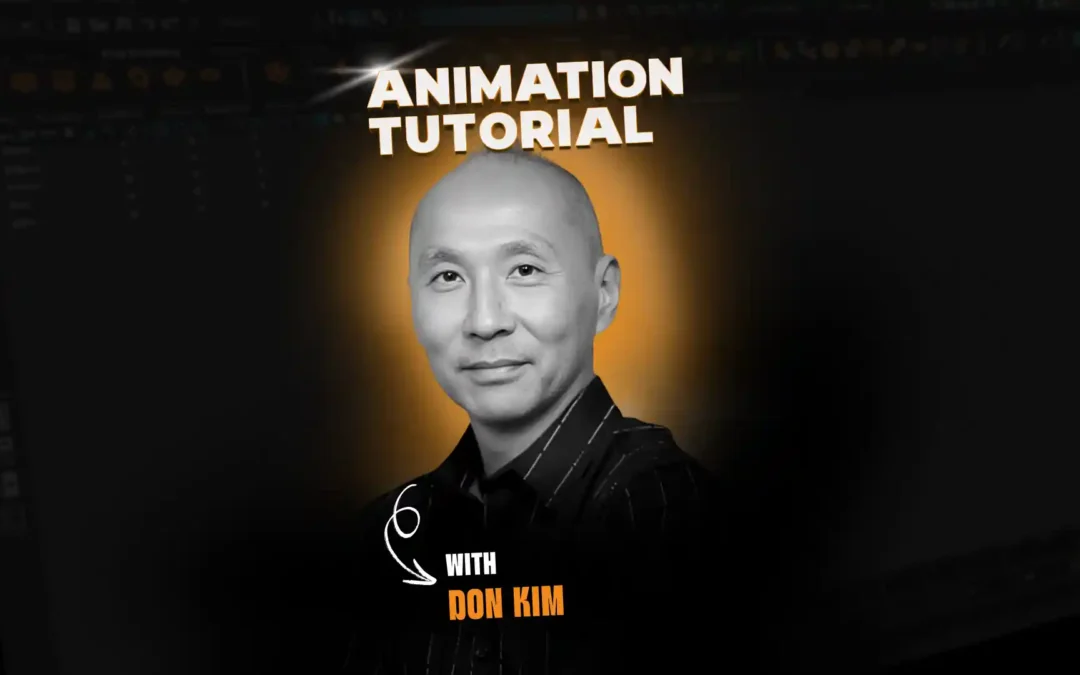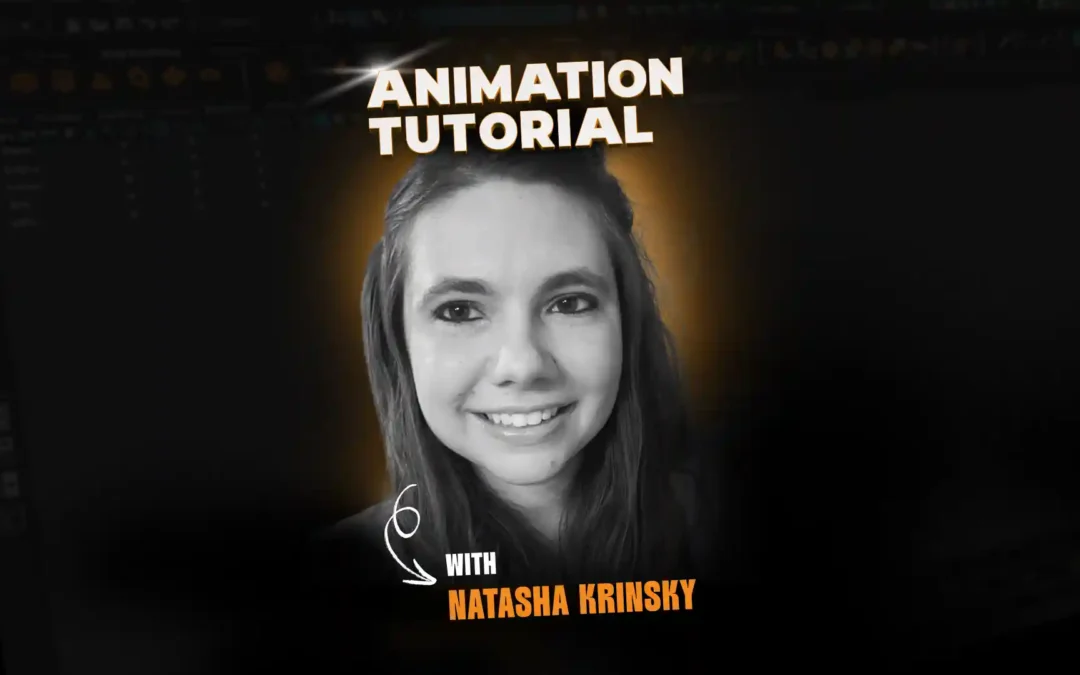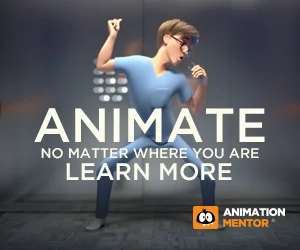Animating a bouncing ball is a classic exercise for learning animation fundamentals, but adding personality takes it to a whole new level. In this tutorial, Animation Mentor instructor and Skydance Animation senior animator Dan Segarra demonstrates how to bring life and character to a simple bouncing ball, covering every step from planning to polish.
Meet Dan Segarra
Dan Segarra has been a professional animator since 2005. He was one of the first graduates of Animation Mentor and went on to work for Reel FX, Sony Imageworks, Blue Sky Studios, and now Skydance Animation. Dan teaches Advanced Body Mechanics at Animation Mentor.
You can learn more about Dan and his work here.
Why Start with a Bouncing Ball?
Dan explains that the bouncing ball is the foundation for understanding timing, spacing, arcs, squash and stretch, and impact. By adding anticipation, unique timing, and a sense of character, you can turn a basic exercise into a memorable performance.
Planning and Blocking the Animation
Dan starts by planning the shot:
- Decide how many bounces the ball will have and the path it will travel.
- Since the ball starts from a stopped position, it should show anticipation—rolling back or squashing down before launching itself forward.
- Keep the idea simple and clear so the ball’s “personality” comes through.
He blocks the main poses:
- High points (peaks of the bounce)
- Low points (contacts with the ground)
- Furthest left and right positions if the ball changes direction
- Squash and stretch at the right moments to emphasize energy and impact
Dan recommends focusing on the highs and lows of the movement, using clear poses to establish the timing and rhythm.
Adding Breakdowns and Arcs
After blocking, Dan adds breakdown poses between highs and lows. These breakdowns define the path of action and help create smooth arcs. He stresses the importance of favoring the next or previous pose in each breakdown, rather than placing them exactly in the middle, to keep the motion organic and lively.
Splining and Refining the Animation
Dan switches to spline mode and uses auto tangents for a smart starting point. He cleans up the curves in the graph editor, ensuring:
- The forward movement (translate X) is smooth and consistent, with a natural ease in and out.
- The vertical movement (translate Y) forms clean arcs for each bounce, with sharp impacts at the ground and flatter hang time at the top.
He demonstrates how to use weighted tangents and break handles for precise control over the timing and spacing, resulting in snappy, believable motion.
Polishing with Squash and Stretch
To add personality, Dan carefully times the squash and stretch:
- The ball stretches just before and after impact, not throughout the entire arc.
- Squash happens on the frame of impact to sell the sense of weight and energy.
- These details make the ball feel alive and responsive, not floaty or mechanical.
Final Tips for Personality and Life
Dan’s key advice:
- Keep your timing snappy for a lively feel.
- Use anticipation and unique rhythm to give the ball a sense of intent.
- Make sure arcs are clean and impacts are sharp for believable physics.
- A little polish, like adjusting the pivot or adding a subtle roll, can make your animation feel finished and professional.
Ready to animate your own bouncing ball with personality? Open your animation software, plan your poses, and follow Dan’s workflow for a shot that’s simple, clear, and full of life.
Keep an eye on our social media platforms for more tutorials, live workshops, and new courses.
Follow us: LinkedIn | Instagram | YouTube
Want to be mentored by professional animators like Dan?
At the core of Animation Mentor are our 3D Character Animation and Game Animation programs. Follow your animation dreams by learning from animators at studios like Disney, DreamWorks, Pixar, ILM, Riot Games, Netflix, and Blizzard!



